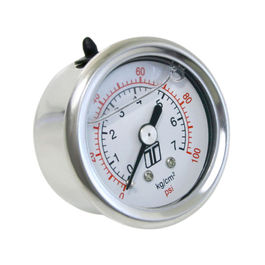Tuning going well. Idling is pretty much dialed in. Giving it some beans feels good.
Almost 500ft/lbs tq, should get over 500hp at 6000rpm The torque is calcualted by the car from grtamg or air in the cylinders along with a few other factors, its ment to be +/- 15 ft/lbs of torque which is great for me tuning.The HP is purely a calc from TQ.

I think I'm going to get around 510tq/540hp with further tuning.
This leads me to another issue, my fuel pump is an upgraded flow one and rattedat 255lph, however from this table, it getting near its limit.

I'm tempted to but the AEM350lph. Available in the UK for £111 https://www.demon-tweeks.com/uk/aem-electronics-320lph-high-flow-in-tank-fuel-pump-aem50-1000/
My fuse for the pump is 15A. I may need to run in a larger wire to the pump to avaoid volt drops.
Would also be nice to get a fuel pressure guage on the dash to see if it is dropping. I may do that before the pump change.
Almost 500ft/lbs tq, should get over 500hp at 6000rpm The torque is calcualted by the car from grtamg or air in the cylinders along with a few other factors, its ment to be +/- 15 ft/lbs of torque which is great for me tuning.The HP is purely a calc from TQ.
I think I'm going to get around 510tq/540hp with further tuning.
This leads me to another issue, my fuel pump is an upgraded flow one and rattedat 255lph, however from this table, it getting near its limit.
I'm tempted to but the AEM350lph. Available in the UK for £111 https://www.demon-tweeks.com/uk/aem-electronics-320lph-high-flow-in-tank-fuel-pump-aem50-1000/
My fuse for the pump is 15A. I may need to run in a larger wire to the pump to avaoid volt drops.
Would also be nice to get a fuel pressure guage on the dash to see if it is dropping. I may do that before the pump change.

